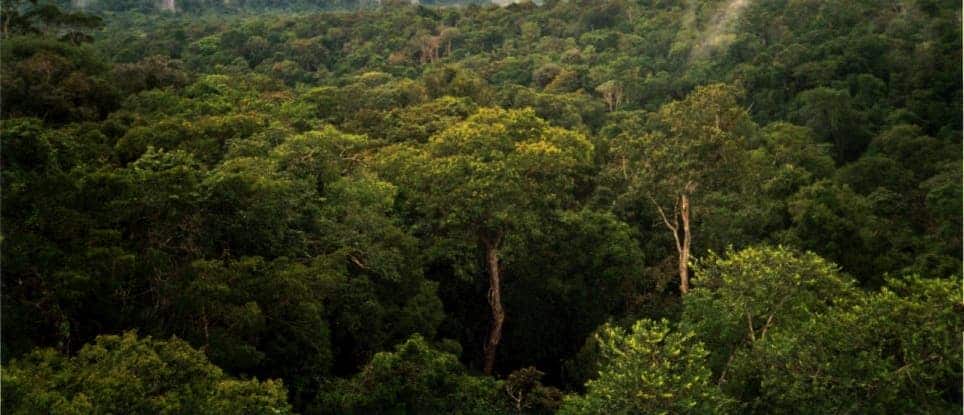The countries with the richest biodiversity don’t always take the necessary measures to protect them. Whether it’s because they lack the motivation or the resources to do so, or because they prioritize short-term economic benefits over environmental protection, countries often neglect their responsibilities. This prompted researchers to explore a curious question: why not pay them to protect their environment?

It’s not as crazy as it sounds. Almost without exception, rich countries got rich in the first place by burning a lot of fossil fuels, and it would be a fair way to balance things. At the same time, rich countries that want to reduce their emissions could make a bigger impact by investing abroad than inside their own borders.
“Human well-being depends on ecological life support. Yet, we are constantly losing biodiversity and therefore the resilience of ecosystems. At the international level, there are political goals, but the implementation of conservation policies is a national task. There is no global financial mechanism that can help nations to reach their biodiversity targets”, says lead author Nils Droste from Lund University, Sweden.
In itself, the idea isn’t exactly novel — several such mechanisms are already in place. For instance, Norway and Germany are already paying Brazil to reduce deforestation (although the payments have been frozen in light of recent deforestation). Previous research has shown that this sort of scheme can help protect existing areas and create additional protected areas.
But a global framework isn’t in place, and could offer much more benefits, researchers argue. They propose three possible mechanisms:
- An ecocentric model: only protected area extent per country counts — the bigger the protected area, the better;
- A socio-ecological model: protected areas and Human Development Index count. This adds an incentive for also include development justice to the previous model;
- An anthropocentric model: population density is also considered, as people can benefit locally from protected areas.
In most cases, researchers say, the second model offers the most incentives. Essentially, it provided the most value for the invested money when it comes to conservation and protection. The results were particularly impressive for countries that are currently doing the least to achieve their protection goals.
“While we developed the socio-ecological design with a fairness element in mind, believing that developing countries might be more easily convinced by a design that benefits them, we were surprised how well this particular design aligns with the global policy goals”, says Nils Droste. “It would most strongly incentivize additional conservation action where the global community is lacking it the most”, he adds.
Of course, the question of “should we do it” is still on the table. The downside is obvious: you pay a lot of money for something which doesn’t benefit you directly (and there’s also the problem of some of the money being lost through corruption). However, protecting biodiversity is truly a global challenge that will require global efforts to solve. In the long run, everyone would benefit from protecting biodiversity worldwide.
Ethically, the plan would allow richer developed countries to mend past environmental damage. But politically, offering money to other countries is never a popular idea, and countries are rarely keen on opting for such plans. While researchers expect this type of project to help the planet as a whole (it’s in everyone’s best interest to have developing nations grow sustainably), it remains to be seen whether something like this can truly catch on.
“We know that we need to change land use in order to preserve biodiversity. Protecting land from degradation and providing healthy ecosystems, clean air or clean rivers is a function of the state. Giving a financial reward to governments for such public ecosystem services will ease the provision of corresponding conservation efforts and will help to put this on the agenda,” concludes Droste.
The study has been published in Conservation Letters.


